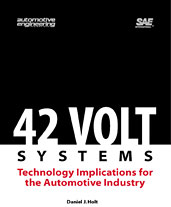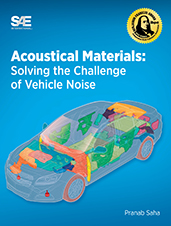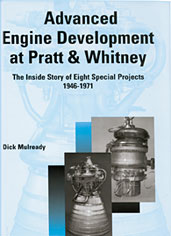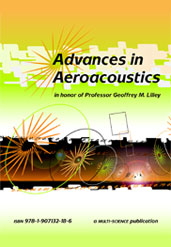Book

2013 Passenger Car Yearbook
2013-10-07
Each year car manufacturers release new production models that are unique and innovative. The production model is the result of a lengthy process of testing aerodynamics, safety, engine components, and vehicle styling. The new technologies introduced in these vehicles reflect changing standards as well as trends of the market. From Acura to Volvo, this book provides a snapshot of the key engineering concepts and trends of the passenger vehicle industry over the course of a year. For each of the 43 new production models, articles from Automotive Engineering International (AEI) magazine detail technology developments as well as a comprehensive look at the 2013 passenger car models. This book provides those with an interest in new vehicles with all the information on the key automotive engineering and technology advancements of the year.



















